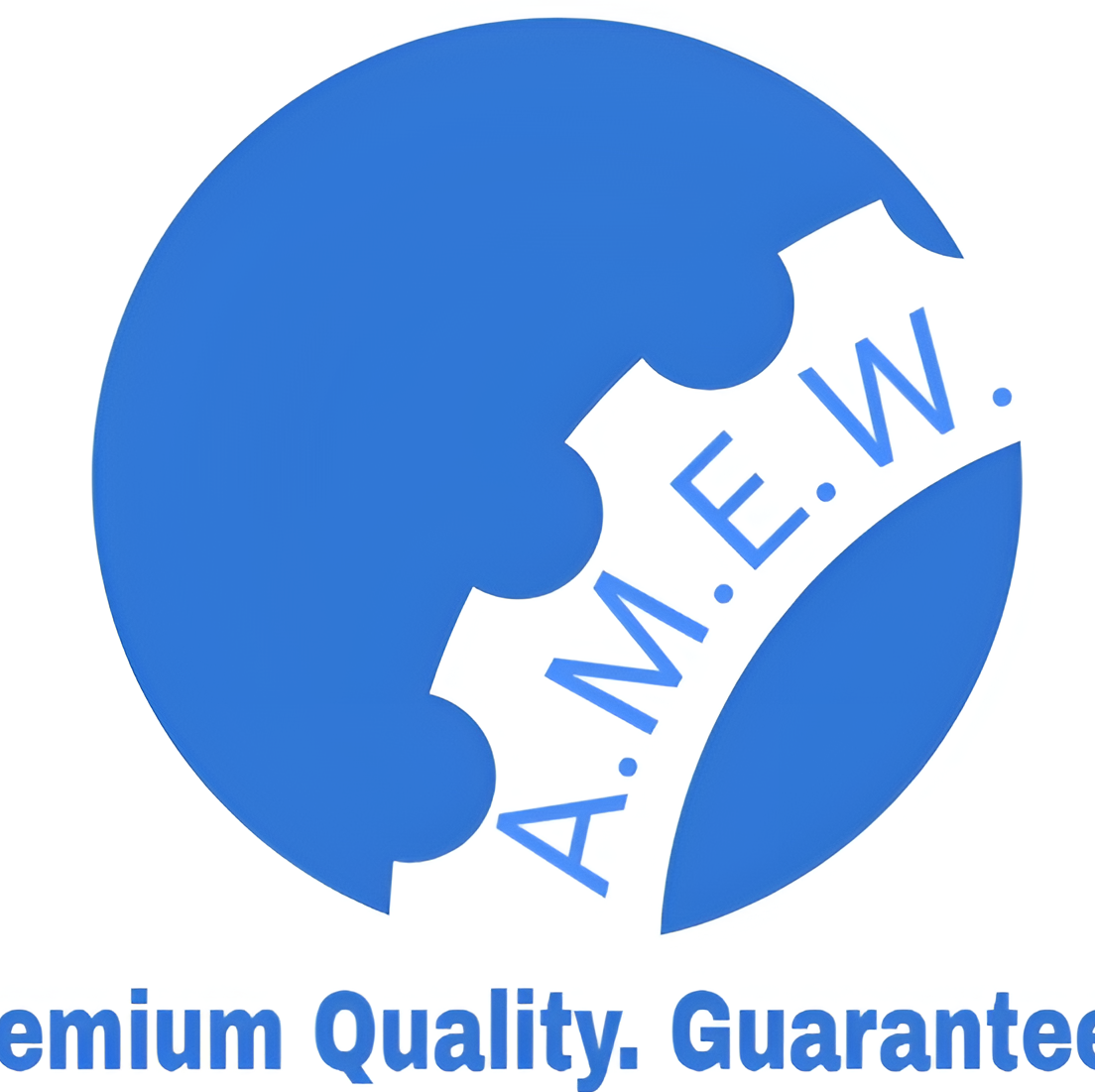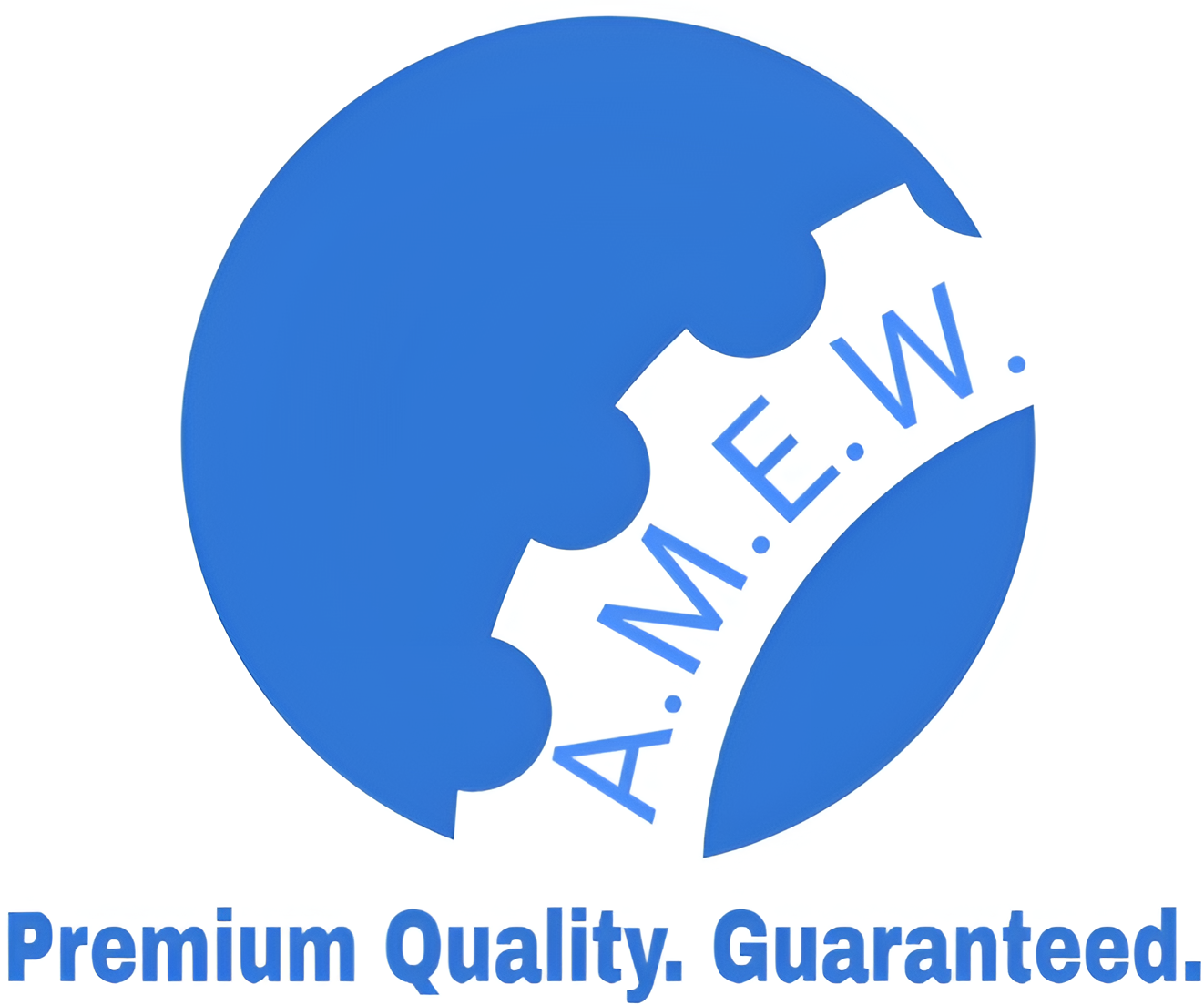A Comprehensive Guide to Stainless Steel Pipes & Tubes
Stainless steel pipes and tubes are essential components in various industries, known for their strength, versatility, and resistance to corrosion. Whether they’re used in construction, food processing, or oil and gas, their applications are vast and indispensable. But what exactly makes stainless steel pipes and tubes so valuable, and how do they serve such a wide range of purposes?
This guide explores everything you need to know about stainless steel pipes and tubes, from their types and manufacturing processes to their applications and maintenance. By the end of this post, you’ll have a deeper understanding of this crucial industrial material and why it remains a top choice in so many fields.
What Are Stainless Steel Pipes & Tubes?
Stainless steel pipes and tubes are cylindrical hollow structures made from a durable alloy of steel, chromium, and sometimes nickel or other metals.
The chromium content (at least 10.5%) gives stainless steel its iconic corrosion-resistant properties, setting it apart from regular carbon steel. Pipes and tubes are often confused, but they have distinct uses:
- Pipes are typically specified by their inner diameter and are used for transporting fluids or gases.
- Tubes are characterized by their outer diameter and are designed for structural purposes or specific equipment needs.
Importance and Applications Across Industries
Stainless steel pipes and tubes play a critical role in industries that demand strength, hygiene, and durability. For example:
- Oil and Gas: Used for transporting crude oil, natural gas, and petroleum products safely over long distances.
- Construction: Found in building frameworks, handrails, and architectural designs due to their sleek appearance and strength.
- Food Processing: Their hygienic properties make them ideal for conveying food and beverages.
- Medical Industry: Utilized in surgical tools, implants, and the distribution of medical-grade fluids.
Types of Stainless Steel
Not all stainless steels are created equal. They come in several grades, each with specific properties to meet diverse industrial requirements. Below are two of the most commonly used grades:
1. Grade 304 Stainless Steel
- Properties: Excellent corrosion resistance and high durability. It’s non-magnetic and easy to weld.
- Advantages: Versatile, cost-effective, and suitable for various applications.
- Disadvantages: Not as resistant to chloride environments, which means it may be prone to pitting in salty or marine locations.
2. Grade 316 Stainless Steel
- Properties: Contains molybdenum, improving corrosion resistance, particularly in chloride-heavy environments.
- Advantages: Highly resistant to corrosion and widely used in marine, chemical, and medical industries.
- Disadvantages: More expensive than 304, which may increase project costs.
Each grade is designed with certain applications in mind, ensuring you always get the right material tailored for your needs.
The Manufacturing Process
The creation of stainless steel pipes and tubes involves intricate processes designed to ensure quality and precision. These pipes can be manufactured in two main ways:
Seamless Pipes and Tubes
Seamless pipes are made from a solid billet, which is heated and stretched over a mandrel to form a hollow shape.
Advantages:
- Higher strength under high pressure.
- Ideal for critical applications like oil and gas pipelines.
Disadvantages:
- Higher production cost and limited size flexibility.
Welded Pipes and Tubes
Welded pipes are created by rolling stainless steel sheets into a pipe shape and welding the seam.
Advantages:
- More affordable and available in larger sizes.
- Ideal for structural purposes and low-pressure environments.
Disadvantages:
- Slightly less pressure-resistant than seamless options.
Both types undergo stringent inspections to ensure they meet industry standards for quality and durability.
Applications of Stainless Steel Pipes & Tubes
Oil and Gas Industry
Stainless steel pipes are commonly used to transport oil, gas, and petrochemicals, thanks to their ability to withstand harsh environments, including extreme temperatures and corrosive substances.
Example: A leading petrochemical company recently implemented seamless stainless steel pipes in a refinery pipeline system, significantly reducing maintenance needs and operational downtime.
Construction
The combination of strength and aesthetics makes stainless steel ideal for structural elements in buildings like high-rises or bridges. It is also widely used for decorative features such as railings and facades.
Food Processing
The hygienic nature of stainless steel ensures it meets the strict sanitation standards required for food and beverage transportation or processing lines.
Case Study Highlight
A dairy processing facility integrated stainless steel tubes along their milk transportation systems. The material’s hygiene properties drastically improved compliance with food safety standards.
Advantages and Disadvantages of Stainless Steel Pipes & Tubes
Advantages
- Corrosion Resistance: Performs well in various environments, including saline and acidic conditions.
- Strength & Durability: Withstands high pressures and temperatures without deforming.
- Aesthetic Appeal: Provides a polished, modern look for both functional and decorative uses.
Disadvantages
- Initial Cost: Stainless steel has a higher upfront cost than other materials, such as plastics or carbon steel.
- Potential Welding Challenges: Welding certain grades may require specialized equipment and skills.
Maintenance and Care
To maintain the longevity and appearance of stainless steel pipes and tubes, proactive maintenance is essential.
Best Practices for Cleaning
- Use a mild detergent or stainless steel-specific cleaner along with a soft cloth.
- Avoid using abrasive materials like steel wool, which can scratch the surface.
Preventing Corrosion
- Regularly inspect pipes for signs of damage or pitting.
- Apply a protective coating in environments prone to harsh chemicals or salt exposure.
Adhering to these steps will prolong the lifespan of your stainless steel assets and keep them looking their best.
Looking Forward to the Future of Stainless Steel Pipes & Tubes
Stainless steel pipes and tubes will continue to evolve, driven by advancements in manufacturing technologies and sustainability-focused innovations. With the growing demand for eco-friendly materials, future stainless steel grades may incorporate higher proportions of recycled metals while reducing environmental impact during production.
To tap into the full potential of stainless steel for your industry needs, stay informed about emerging trends and seek expert advice on selecting the right material for your application.

